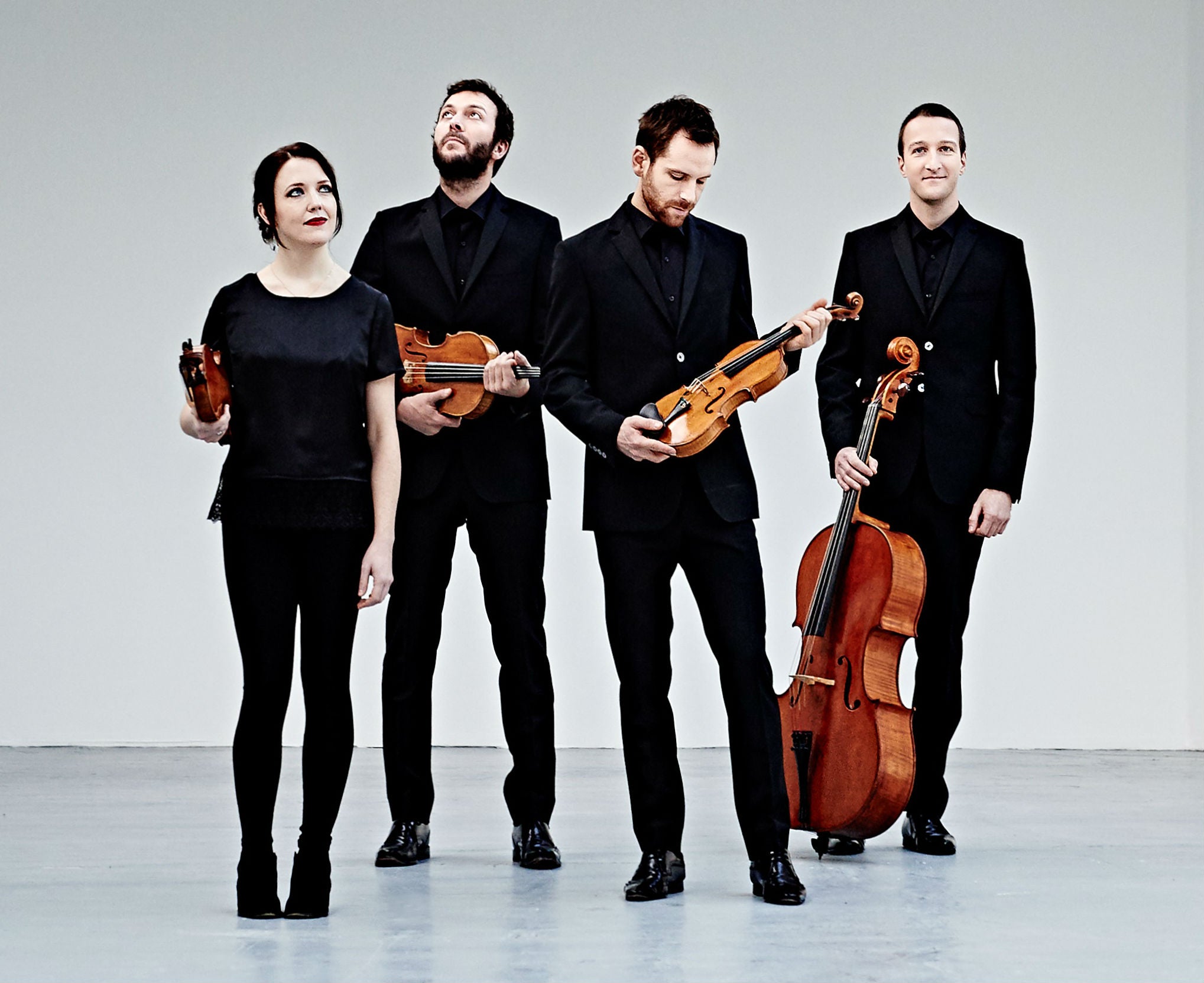Heath Quartet, Wigmore Hall, concert review: 'Exquisitely rendered'
Six masterpieces of Bartok's Hungarian art music, performed by the young Heath Quartet

Your support helps us to tell the story
From reproductive rights to climate change to Big Tech, The Independent is on the ground when the story is developing. Whether it's investigating the financials of Elon Musk's pro-Trump PAC or producing our latest documentary, 'The A Word', which shines a light on the American women fighting for reproductive rights, we know how important it is to parse out the facts from the messaging.
At such a critical moment in US history, we need reporters on the ground. Your donation allows us to keep sending journalists to speak to both sides of the story.
The Independent is trusted by Americans across the entire political spectrum. And unlike many other quality news outlets, we choose not to lock Americans out of our reporting and analysis with paywalls. We believe quality journalism should be available to everyone, paid for by those who can afford it.
Your support makes all the difference.Bartok’s six string quartets comprise just under two hours of music, but they contain worlds within worlds: the musics of Transylvania and Algeria, where Bartok collected folk songs and dances for transmutation into European forms; the fragmenting world of those European forms, which he prevented from fragmenting further by finding ever-new uses for tonality; and the fragmenting Austro-Hungarian world, out of which he was creating a new Hungarian art music.
These six masterpieces are miracles of compressed allusiveness, and every group of players has to find its own way into them. The young Heath Quartet, who are also professors of chamber music at the Guildhall, have a beefy, muscular sound which allows them to convey all the energy latent in the fast movements, but there were moments – notably in the Moderato of No 2 – when this sound created muddiness where clarity was particularly needed to achieve the delicate balance of the voices. On the other hand, the lament which closes that quartet, with the players forming two answering duos, was exquisitely rendered, as was the elegiac final quartet with its irredeemably bleak conclusion – this was 1939, and the composer was going into exile.
Join our commenting forum
Join thought-provoking conversations, follow other Independent readers and see their replies
Comments